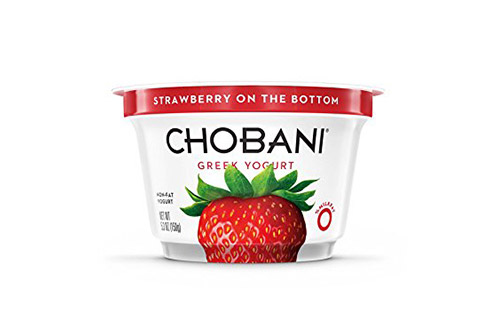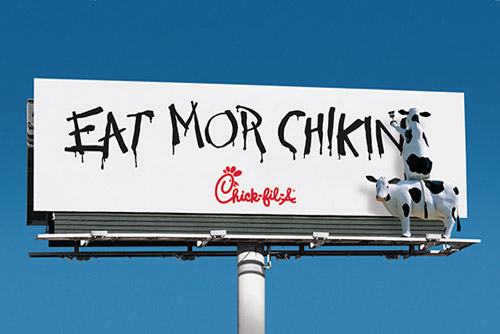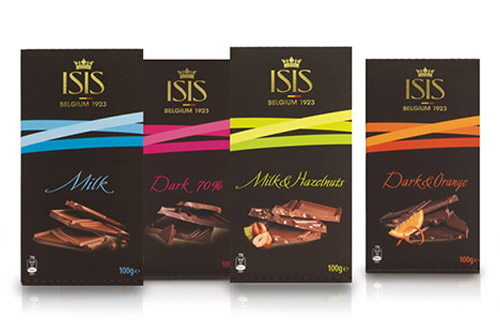Naming a brand or a product in a global, digital economy? From ensuring a name speaks your values and gets stakeholder buy-in, to securing its trademark and surviving customer testing … Good luck.
Navigate with a proven approach, however, and it can be a rewarding experience that ignites your team and sets the foundation for a profitable future.
Follow these five rules from our proven global brand development process:
1. Comprehensive input = commitment to the vision.
To ensure strategic direction and alignment start with comprehensive input from a cross-functional team of stakeholders, with an in-person branding workshop. Not only will this build engagement and excitement for the brand or product, it enables stakeholders to align and commit to a united vision of its unique purpose and personality. Customer input ahead of time (through surveys or market research) is key to help establish the true need. The workshop will inform the creative brief and drive key considerations through defensible selection. Of course, the creative brief works harder than simply steering the brand or product name–it’s the lynchpin to building the brand strategy.
Example: Defensible selection is relative to your goal. Start-up a2milk needs to be direct, while Chobani hooks you in to tell a deeper story.

2. Engage in disciplined ideation.
No idea is a bad idea. Garner input from every angle, engage an international team of multi-disciplined experts. Including those in-country and those not. Enlist people with a variety of expertise. Look outside your market for inspiration. Arm part of your team with a deep knowledge of the branding project, task others with no parameters. Search history for inspiration or create names never invented.
The key: Start broader and narrow later.
Example: Starbucks® was inspired by Moby Dick and the seafaring traditions of early coffee traders.
3. Use defensible selection.
Return to Rule 1. Names that don’t ladder up to defensible selection don’t make the cut. There are other proven considerations. Research shows domain names of seven characters or fewer, excluding the dot.com, tend to drive higher traffic. Names with numbers (like 23andMe®) rank even higher.2 From your customers’ viewpoint is your brand name easy to find, spell and, in the rise of voice activated technology, say? If you go for an unusual name, ensure its meaning speaks to your value and your branding focuses on demonstrating it.
Example: Chick-fil-A® capitalized its ‘A’ to show it’s Grade A chicken and used humor and imagination to sell it.

4. Create global and digital ownability.
In the time it takes to read this, your new brand name could be gone in a click. But, before buying up domain names and securing trademarks, ensure seasoned experts perform thorough global and digital checks, and then buy quickly. Rely on international linguists, and not Google®, to enlighten you on colloquialisms. Expanding globally is not the way to discover your brand is a curse word in French. If you have time, budget and capacity, research with target audiences is always a good idea.
Example: Don’t get lost in translation. When first marketed in China Coca-Cola® was sometimes translated as, “Bite The Wax Tadpole.”1
Bonus: Use your new name for the URL–or not?
Good question. We get asked it a lot. It depends on your final name selection and if both the URL and trademarks (are we running out of words?) are available. The key: Whether you choose consistency between name and URL like ZEROby40 or find a way around it like TeslaMotors.com, don’t skimp on a global search.
5. It’s never over.
Your new brand or product is ready to go live. Key messages are done. Brand standards delivered. Brand stakeholders trained. Your launch plan is ready for activation. Now it’s time to live your brand or product. Once it becomes public you must ensure that you continually demonstrate its purpose, otherwise others will define it for you. It is vital to protect your brand’s equity because renaming can be more problematic and expensive than naming.

Example: Food for thought: ISIS, the Belgian chocolatier.
Sources:
1 https://www.inc.com/geoffrey-james/the-20-worst-brand-translations-of-all-time.html
2 Empirical Evidence for Domain Name Performance,” Karl Ulrich, vice dean of entrepreneurship and innovation at Wharton Research
C.O.nxt Insight.
Our team of subject matter experts focuses on food and agriculture—farm field to processing to entrée on a plate. We can help you build a new brand, protect an old one or target customers to foster sales. Let’s talk when the time is right to handle your next strategic marketing and communications challenge: Marcy Tessmann, marcy@co-nxt.com.
SHARE THIS STORY
What Would You Solve in 30 Days?
Every brand faces moments when clarity, momentum, or alignment are lacking. Sometimes it’s a new product that needs a smart go-to-market plan. Other times, it’s a shift in the business that calls for a tighter
